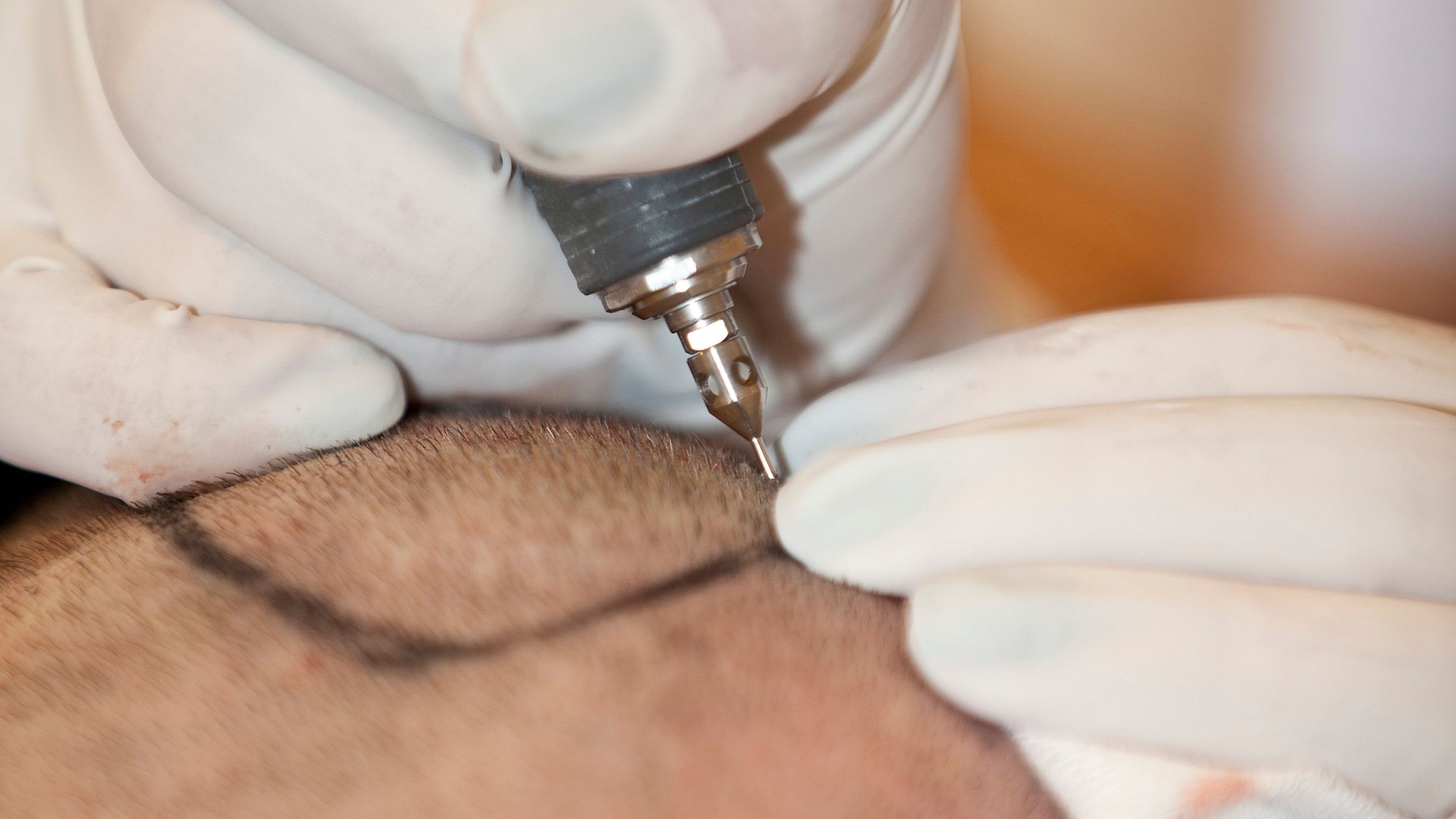What exactly are clogged pores?
First, let us understand what a pore is. A pore is a part of your hair follicles present throughout your skin. It is more of a duct that is attached to the sebaceous glands. As you would have rightly guessed, the core function of these glands is to secrete sebum, which is an oily substance that offers the necessary moisture to your skin. Sebum is very important to maintain the health of your skin.
A clogged pore occurs when these glands produce too much sebum, which, in turn, gets mixed with sweat, dead skin cells, and various other contaminants to ultimately clog the pores. If bacteria come into the picture, it can result in inflammation, ultimately resulting in a papule or pustule. Clogged pores are usually found on your cheeks, nose, and other areas of the face.
What are the consequences of clogged pores?
Here are some conditions that you experience because of clogged pores –
- Whiteheads: This condition arises when the clog is in the opening of the pores. It typically leads to a raised white or flesh-colored bump. Whiteheads are also known colloquially as a zit.
- Blackheads: This condition arises when the clog widens the opening of the pores. Contrary to popular beliefs, blackheads don’t look black because it is filled with dirt. It appears so because of a reaction between the pore’s content and oxygen.
- Pimples and pustules: This condition is typically characterized by redness, swelling, and irritation caused due to dirt and oil inside the pore. Interestingly, whiteheads and blackheads are a type of pimple. When a pimple contains pus, they are referred to as pustules.
- Nodules and cysts: If the pore is clogged to a considerable extent, it can swell up and cause pain. This is a nodule. When a nodule contains pus, it is called a cyst. Cystic acne is the primary culprit of acne scars.
Simple tips to prevent clogged pores
Prevention is always better than cure. Follow the below tips to keep clogged pores at bay –
- Do not touch your skin regularly, and never with unwashed hands.
- Avoid applying oil on your face. This includes everything from coconut oil to olive oil.
- Incorporate exfoliation into your skincare routine. You can either adopt gentle scrubbing or use periodic chemical peels.
- Avoid heavy, oil-based makeup as it can clog pores
- Regularly clean items that come into contact with your face. It could be your phone or even the pillowcase.
5 Ways to unclogging pores
Despite following the above tips, if you still experience conditions like blackheads and whiteheads due to clogged pores, here are some remedies for them –
1. Avoid squeezing the pimples
While this is not a remedy, it is an important prerequisite to not make the clogged pores worse. It is quite natural to feel tempted to squeeze or pick at your pores in order to remove them. Unfortunately, this can lead to acne scars and even make the pores appear larger. This rule also includes the usage of tweezers or any other tool.
2. Consult a dermatologist
Before you try out any of the subsequent methods, it is advisable to first consult a dermatologist. A dermatologist will understand the root cause of your condition and start a tailored treatment plan for you. When you self-treat any skin condition, there are good chances that the condition can get worse especially when you use products with the wrong ingredients.
3. Use a cleanser with salicylic acid
Salicylic acid serves two purposes. One, it treats and helps prevent breakouts. Two, it quickens the release of dead skin cells, which helps prevent clogged pores. A cleanser with salicylic acid is also oil soluble. This means it can penetrate deep, even past your skin’s sebum, and remove impurities.
4. Use physical exfoliant
Exfoliation can work wonders in preventing clogged pores on your face. We have already covered this in the tips section. But did you know that physical exfoliation is also effective if you already have clogged pores on your back and shoulders? You can either use a brush or a cloth as your physical exfoliant. Some over-the-counter facial scrubs are also available, which contain small, abrasive particles doing the job.
5. Use a pore strip
While a pore strip is more commonly used for removing blackheads in the nose, it can also be beneficial for other parts of your face, such as the forehead, cheeks, and chin. To apply a pore strip, first wash the affected area and leave it wet. Place the strip over the affected area, avoiding folds or wrinkles. When the pore strip is dry after 10 to 15 minutes, peel it off.
Conclusion
And that’s everything to know about unclogging pores. As we have highlighted in the post, it is always recommended to consult a dermatologist before starting any treatment on your own as you can end up doing more damage than good. If you are in Bangalore, you can consult Dr. Renu for treatments related to unclogging pores. Book an appointment now.












